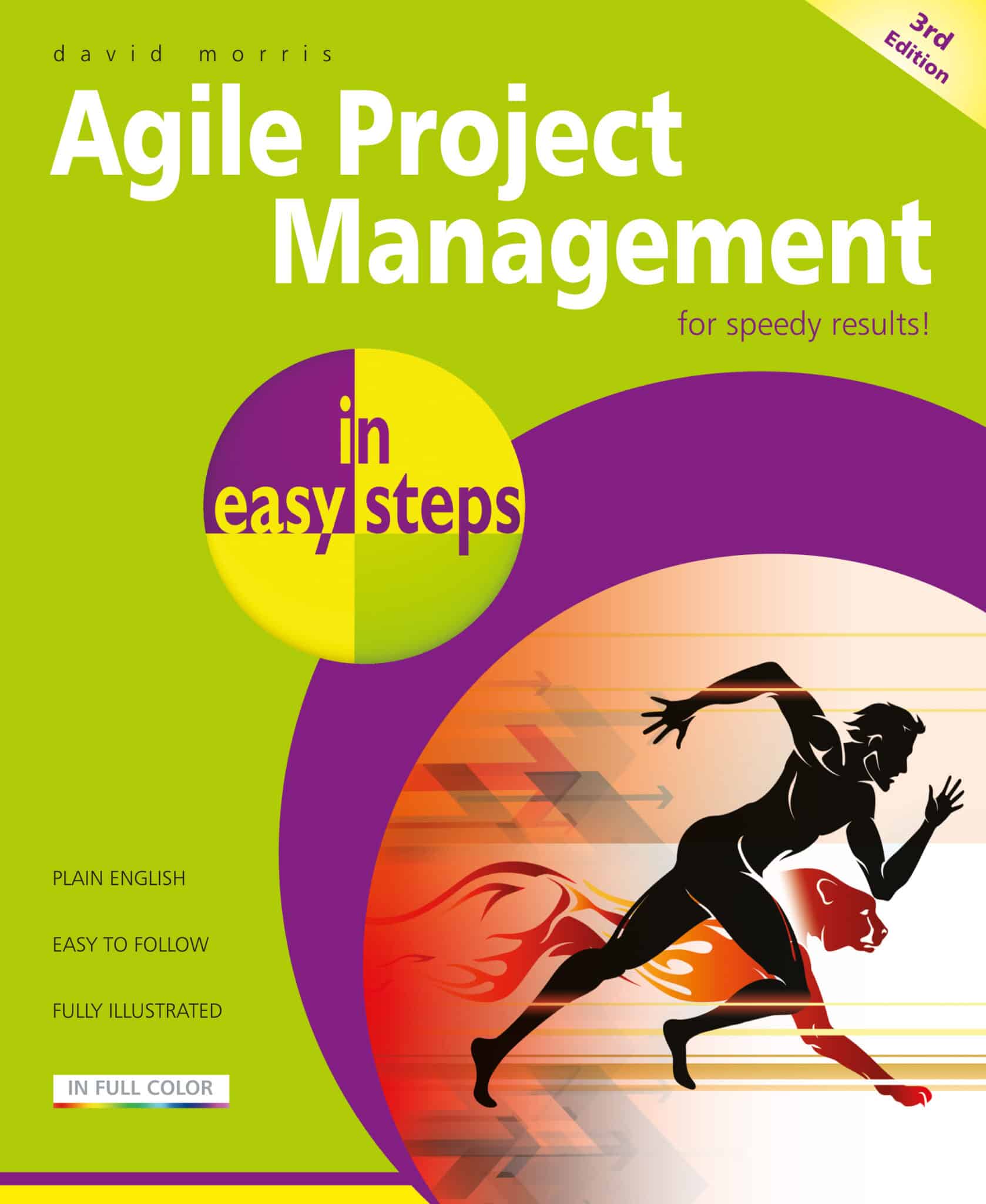Access all In Easy Steps books for just £5 a month
Menu
Access all In Easy Steps books for just £5 a month
Home What is Agile time management?
May 12, 2023
The big benefit of agile techniques is that they focus on getting things done more quickly. Agile project teams can deliver products (and the benefits flowing from them) much earlier than traditional project teams. For example, starting development earlier and completing functionality in iterations often allows agile project teams to bring value to the market up to 50% faster. But the benefits of agile methodology do not just apply to projects – they can also be applied to our personal development and time management as well.
One of the most important agile practices is the shift in focus from concentrating on activities (the work we do) to the results of that work (the thing that the work produces, or its deliverable). In agile terminology we try to refer to these deliverables as “wins”.
What we need to do is change our mindsets into the habit of doing things the agile way. The good thing about habits is that they help us avoid making conscious decisions all the time, so good habits will make us more effective in using our time.
But if our habits are not helpful or smart, we tend to repeat them anyway, and they can become a big burden in our life. The way we handle our time management can make or break our accomplishment rate.
We also want to start working smarter rather than harder, and again, once we start doing that we will be changing our habits, and, once more, we will benefit from that. The benefit of making things habitual is that we can then avoid having to make conscious decisions.
Traditional change (or project) management thinking tended to use five stages: Initiation (to define the change and get it started); Planning (to scope the work and develop the plan); Execution (to design and carry out the change); Acceptance (to manage quality and deliver a working solution); and Closure (to hand over the process and assess the success of the change).
For a large change (project), those five stages typically had formal stage ends and sign-off. It was referred to as the “waterfall method” as there was no option for going back up to a previous stage.
The agile approach to change has also crystallized around five stages or – more accurately – steps, usually referred to and best summarized as the Five F Steps:
1) Fly high: Helicopter vision to see the big picture, all deliverables (wins) that need to be produced, and all tasks required to produce them.
2) Focus: Then, zoom back in and focus your complete attention on just one task at a time.
3) Flow: Defines the process for maintaining that focus and treating each task as if it is your only task.
4) Finish: Get the task fully completed or put it on hold if it cannot be fully completed in the scheduled time.
5) Follow-up: Compare the actual results of the task with your plan and recycle back to the helicopter view.
Studies of the highest achievers show that they manage their time exceptionally well and concentrate their focus on just two things: prioritizing their work, and how long they spend on each task. They get more done in less time by working smarter.

£11.99 paperback / £6.99 ebook

£9.99 ebook
Our newsletters inform you of new and forthcoming titles, handy tips, and other updates and special offers. You can opt out anytime.
"*" indicates required fields
By In Easy Steps Team
Share
In Easy Steps Ltd 16 Hamilton Terrace Holly Walk, Leamington Spa, Warwickshire, CV32 4LY, UK.
Join as a member and get access to all of our books in digital format for just one small monthly fee.
Copyright © 2024 In Easy Steps Ltd. All Rights Reserved.
Would you mind giving us your feedback or reason of cancelling the subscription?
"*" indicates required fields